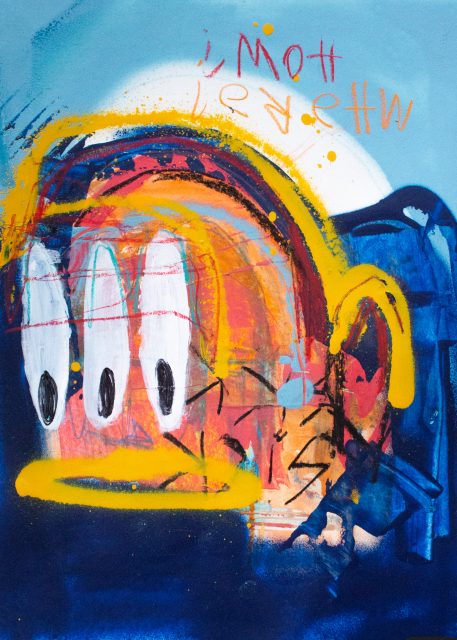“Is this real life? Is this just fantasy? Caught in a landside, No escape from reality.”
Did you read those lines or did its tune automatically play in your head? It’s almost subliminal, isn’t it? Almost half a century ago, Queen released their most famous track titled “Bohemian Rhapsody” and have since cemented themselves into the collective consciousness of of those who grew up with their music and generations that came after them.
Fronting the rock band was none other than their lead vocalist and pianist Freddie Mercury, whose arresting stage presence captivated billions worldwide, famously even mobilising a 72,000 person crowd to clap unanimously for the band’s song “Radio Ga Ga”.
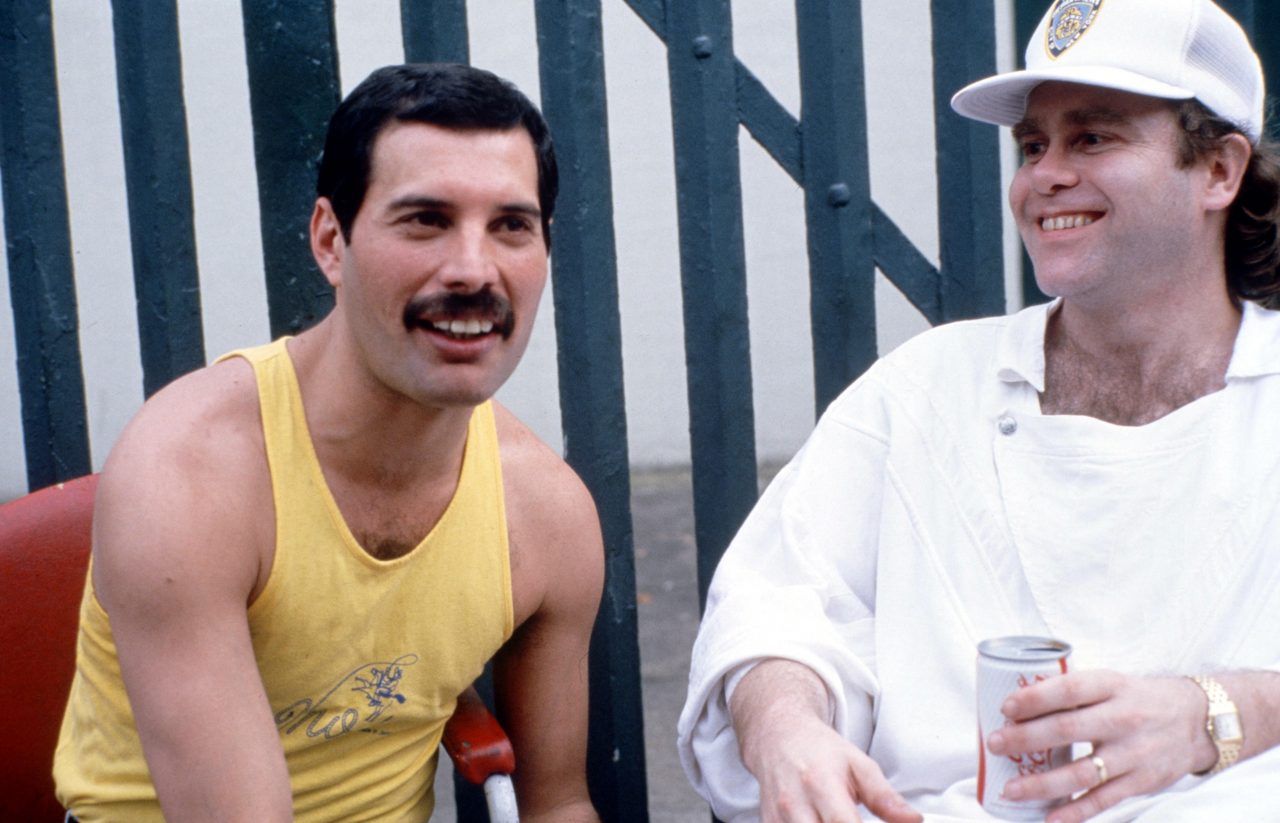
Freddie Mercury and Elton John at Live Aid, Wembley Stadium, London, 1985 - the benefit concert that saw Mercury unite a 72,000 crowd during “Radio Ga Ga”
Photo: Sotheby's
Freddie Mercury’s Backstage Vest from Live Aid, 1985 (£3,000-£5,000)
Photo: Sotheby's
The opportunity to peel back the layers of this brilliant mind arises at Sotheby’s Freddie Mercury: A World of His Own auction series, where the artist’s personal items may be brought home.
From August 4 to September 13, 2023, the six-part auction will present around 1,500 items that have been stored in his beloved Garden Lodge and cared for by life-long friend and beneficiary Mary Austin for the past three decades. This is the highest number of consecutive sales Sotheby’s has dedicated to a single collector. Items range from the iconic bejewelled crown Mercury wore on his last tour, to the handwritten 15-page lyrics of the song you just hummed.
Freddie Mercury’s crown and cloak ensemble (£60,000 - £80,000)
Photo: Sotheby’s
As David Macdonald, the leading specialist of the Freddie Mercury sale says, the collection truly represents a “life in the round” — not only does it encapsulate a tremendous career, but a life lived.
A Killer Understanding of Clothing and How To Dress
During his time studying graphic art and design at Ealing Art School, Mercury developed an artistic foresight that carried him into costume design for his theatrical stage outfits. After graduation, his relationship with fashion continued through selling vintage Edwardian clothes and scarves at Kensington Market in London.
Well thought-out designs and playful textiles were all part and parcel of Mercury’s fashion language.
Knowing “always to be one step ahead”, he worked closely with his designers on creating stage outfits. Notably, the satin winged catsuit and bolero worn in the Bohemian Rhapsody music video was the lovechild of Mercury’s personal fabric run in London and the design of his close friend and designer, Wendy de Smet, whom he had commissioned for this set.
In an interview, Smet recalls, “Freddie wanted to look like the God of Mercury…he bought fabric from Borovich on Broadwick Street in London [where] you could buy fabric for stage costume…I made small quilted wings on the cuff…and quilted wings….like bird wings on the bottom of the pants…He had ideas and we worked on them together”
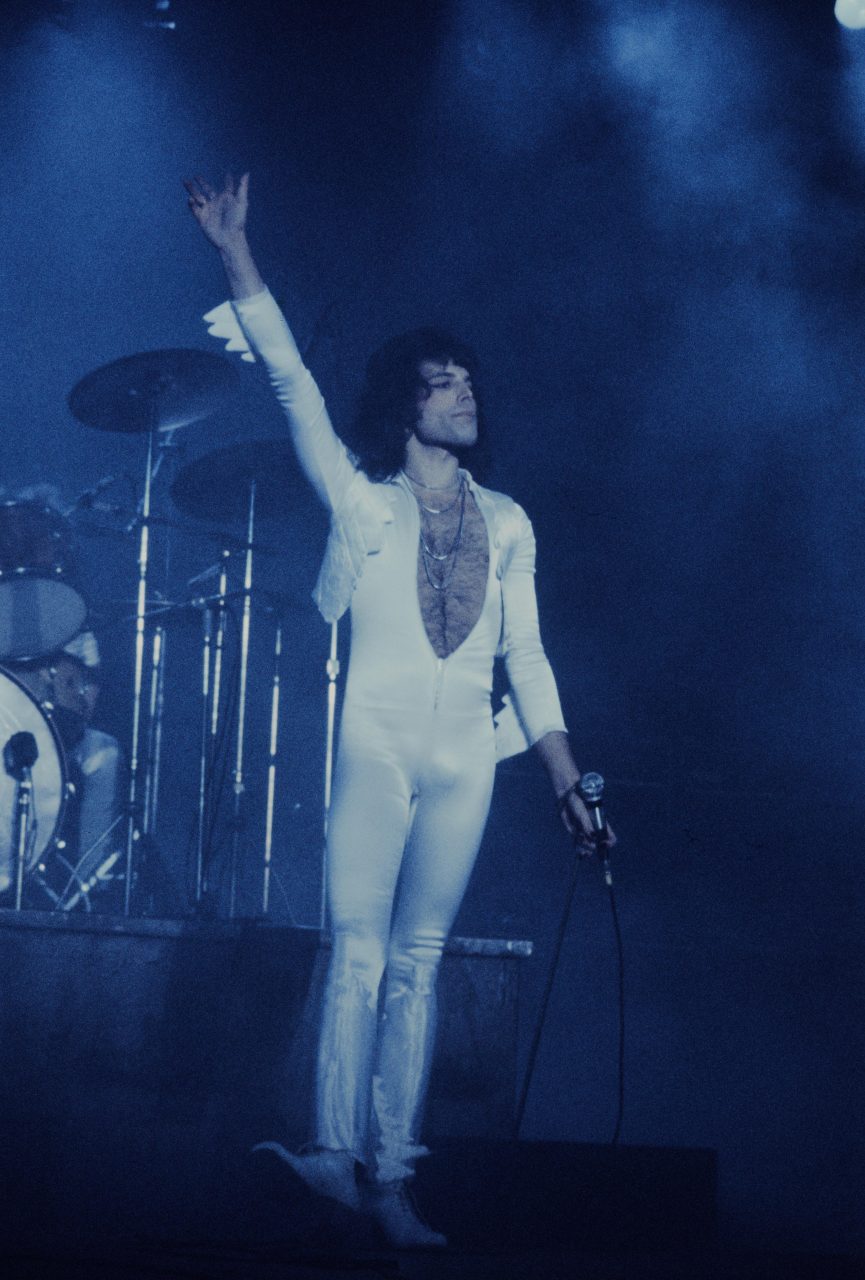
Freddie Mercury in winged catsuit and bolero at Nippon Budokan, Tokyo, March 22, 1976.
Photo: Koh Hasebe/Shinko Music/Getty Images
Mercury’s 1970s “glam rock” stage outfits were a stark departure from the “mod” (“modern”) looks that took over by the mid-1960s, thanks to The Beatles. The former was characterised by its androgyny and flair, while the latter leaned towards smart and tailored sartorial choices. Think cuban-heeled boots, suits, collared shirt and slim ties. But Mercury didn’t subscribe. Instead he made a statement with chest-bearing bodysuits, skin tight leather pants and other daring outfits.
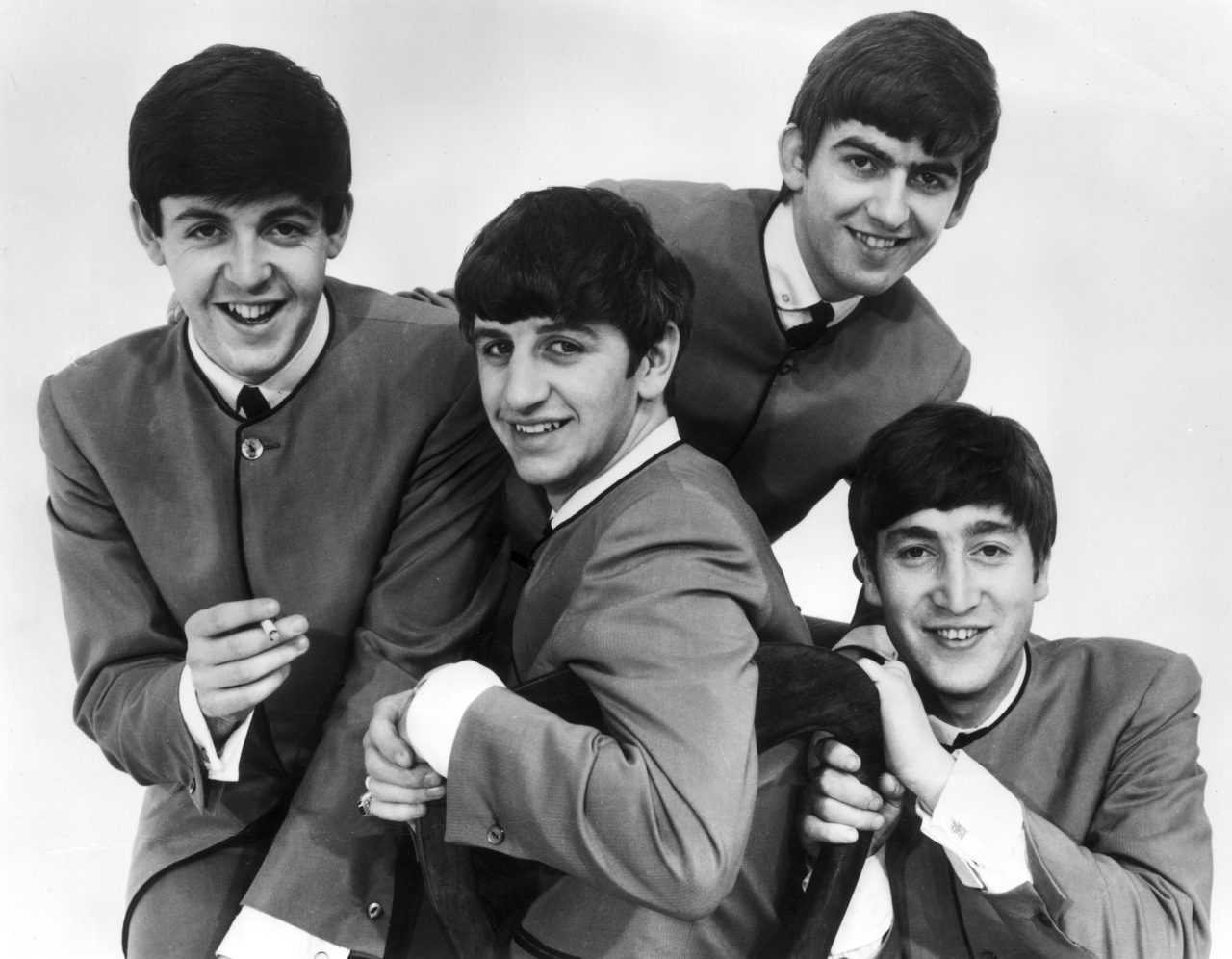
Promotional portrait of The Beatles, circa 1963. From left to right: Paul McCartney, Ringo Starr, George Harrison and John Lennon
Photo: CBS Photo Archive/Getty Images
What stood out about Mercury, even among his fellow glam rock counterparts, were how ‘aspirational’ his clothing choices were. Even though other rock legends of his time like Mike Jagger embraced a ‘gender-bending’ style, which was undoubtedly fabulous, Mercury took it one step further with the Greek mythology references in this aforementioned set – he didn’t just want to impress, he aspired to embody a God. And that he achieved in his own right.
Mike Jagger performing at Manchester Belle-Vue in Ossie Clark, 1972.
Photo: Fin Costello/Redferns
Revisiting the Bohemian Rhapsody music video, one can see how freely Mercury moves on stage – spreading his arms wide in the air and throwing his body backwards to every electric beat drop – a vision of white in the mystical smoke of blue.
Seemingly dancing without a care in the world, the clothes could easily have gained a tear or two. But that would have been undermining Mercury’s understanding of clothing.
As Macdonald said, “Because he (Freddie) knew how to sew, he could wear the clothes properly.”
The costumes, which were displayed in Sotheby’s exhibition, were in great condition. Not only is that a testament to Austin’s care but proof of Freddie’s particularity for what he wore.
To Be Seen! A Visionary And A Fashion Icon
Using fashion as his boombox, Mercury amplified his larger-than-life performances.
In the 1970s, Mercury began to have fun with billowy silhouettes, heavy eyeliner and lipstick that were typically seen as more ‘feminine’. In this period, Queen sought out women’s fashion designer, Zandra Rhodes, who famously designed the pleated outfits the band wore for their Killer Queen performance. The white number Mercury picked was originally a wedding top for women, but he didn’t measure fashion by a binary gender ruler.
“Freddie pioneered free spirit into what he was going to wear. So by coming to a designer who designs for women’s clothes, it meant it really didn’t matter…I think something about him would have just been a free spirit wanting to look wonderful and he saw in my clothes they were making him look wonderful,” Rhodes once said in an interview.
Freddie Mercury performing “Killer Queen” in Zandra Rhodes, 1974
Photo: Michael Putland/Getty Images
Of course, British menswear had become more liberated in the 1970s with men wearing tight t-shirts and even tighter trousers after popularised by the hippies in the 1960’s. Still, nobody was bringing the theatrics like Mercury was.
“If you think about the flowing hair, the black nail varnish, the rings and the jewellery, you know, he was like a sort of romanticised Victorian almost. He was very in love with that sort of 19th century eclecticism,” Macdonald explained.
You could say Mercury was channelling #balletcore before it started trending in 2023. Inspired by the majestic craft, Mercury wore wraparound tops (that he embellished with sequins, of course) frequently in the early 1970s. In 1979, he even performed Bohemian Rhapsody with the Royal Ballet, receiving no less but a standing ovation for the cameo performance.
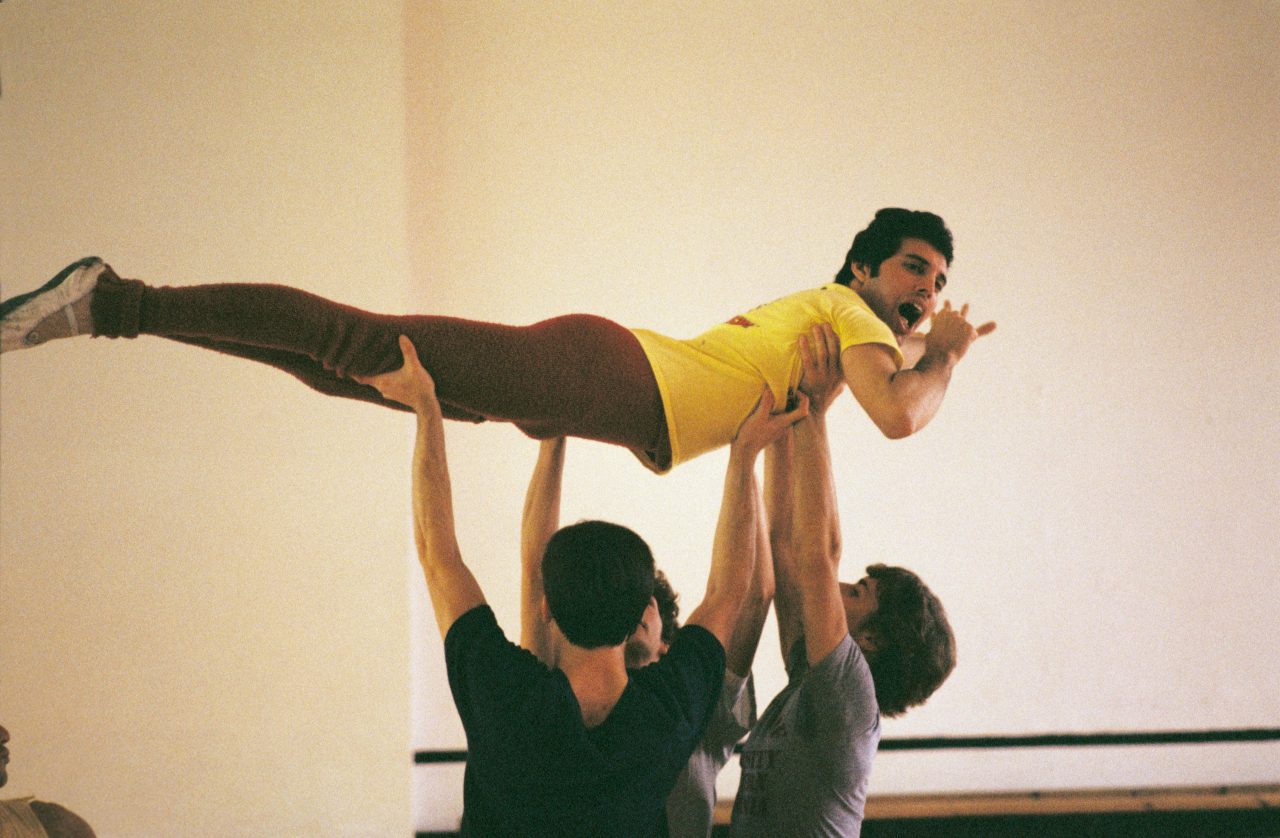
Freddie Mercury gets training from a ballet instructor, August 1979
Photo: Mark and Colleen Hayward/Getty Images
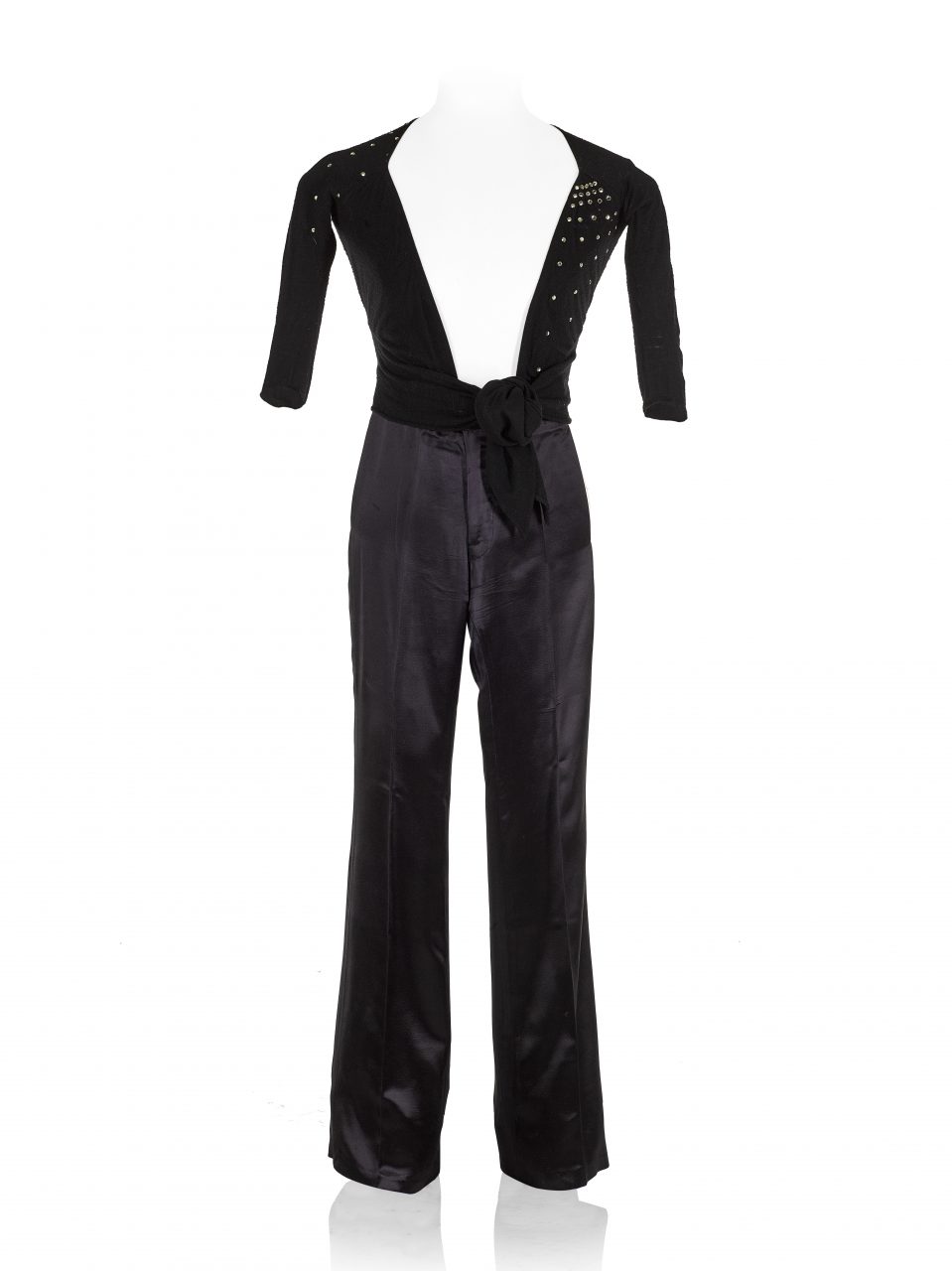
A stage-worn wrap-around top hand-decorated by Mercury. He wore it on the cover of Queen II and on the Top of the Pops performance of Seven Seas of Rhye with this pair of black, satin, flared trousers
Photo: Sotheby’s
Japan: Love At First Sight
“In Love With Japan” is one of the six sales at the auction, dedicated entirely to a collection of exquisite Japanese works of art which Mercury had collected over his many trips there. Mercury has always been known for his eccentricity, but his serious side is most strongly seen in his Japanese collections.
His love for the country traces back to Queen’s first performance in Tokyo, Spring of 1975. At a time when America disregarded Queen’s music, the Japanese already welcomed the band with exaltation at the Budōkan arena.
Returning to the alluring country time and time again, Mercury added ukiyo-e woodblock prints, Taishō and Shōwa period ceramics and lacquer from the Edo period to his collection. He even travelled far outside of Tokyo to Arita in Kyushu where ceramics were famously made.
Further digging through his treasure trove, kimonos and Japanese fabrics were uncovered. With a Tiffany & Co. seam ripper, which is also put on sale, he picked out strings from the fabrics and resewn them to cushions and other clothing – incorporating Japan into miniscule aspects of everyday life.
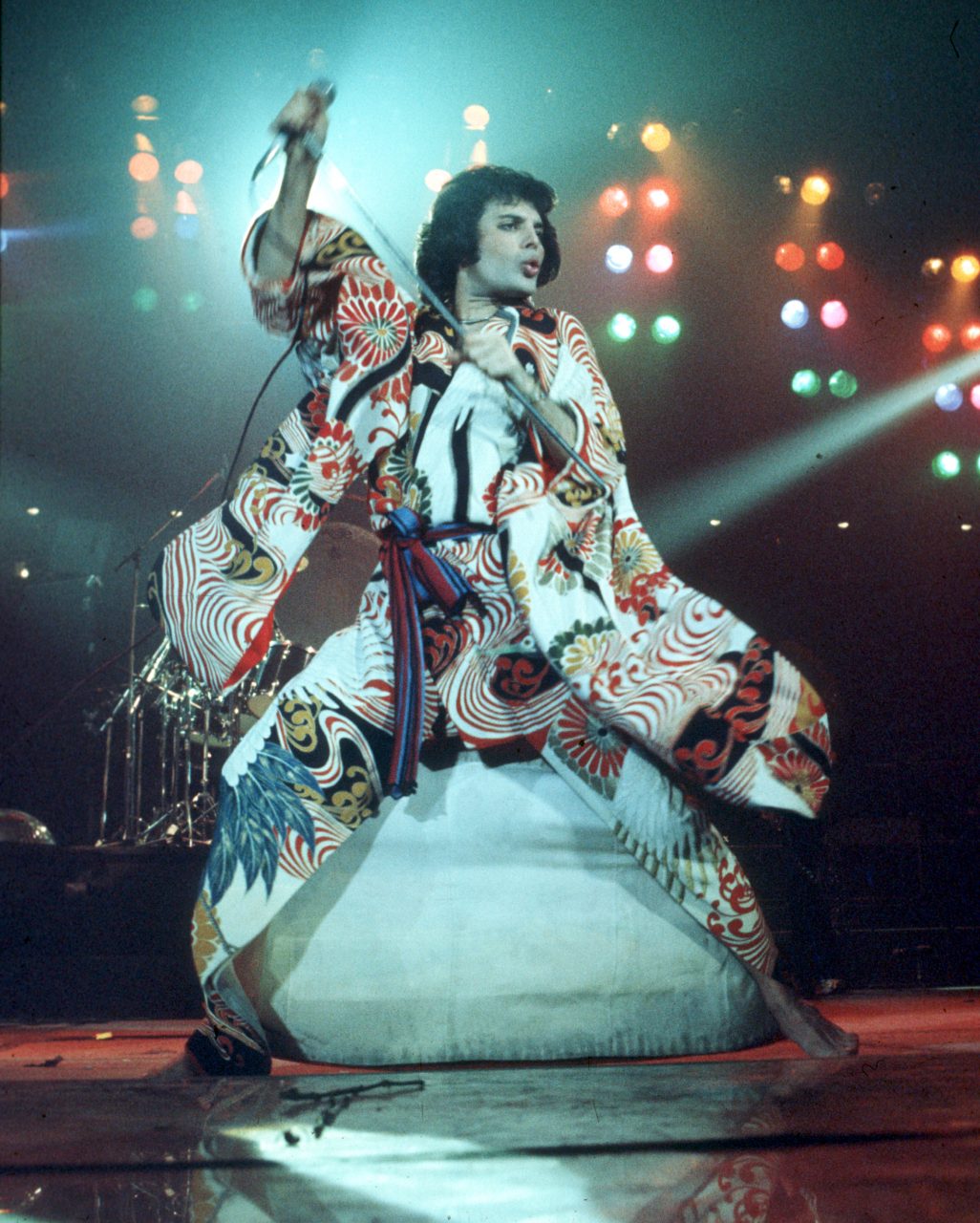
In a kimono, Freddie Mercury performs at The Forum in California, March 1977
Photo: Brian McLaughlin/Michael Ochs Archives/Getty Images
Vivid and animated, the kimonos weren’t just a part of Mercury’s stage wardrobe but something that blurred the lines between his private life and public image. With its distinctly boxy silhouette and rich patterns, kimonos gave the star the theatricality he needed on stage and the comfort he craved from home.
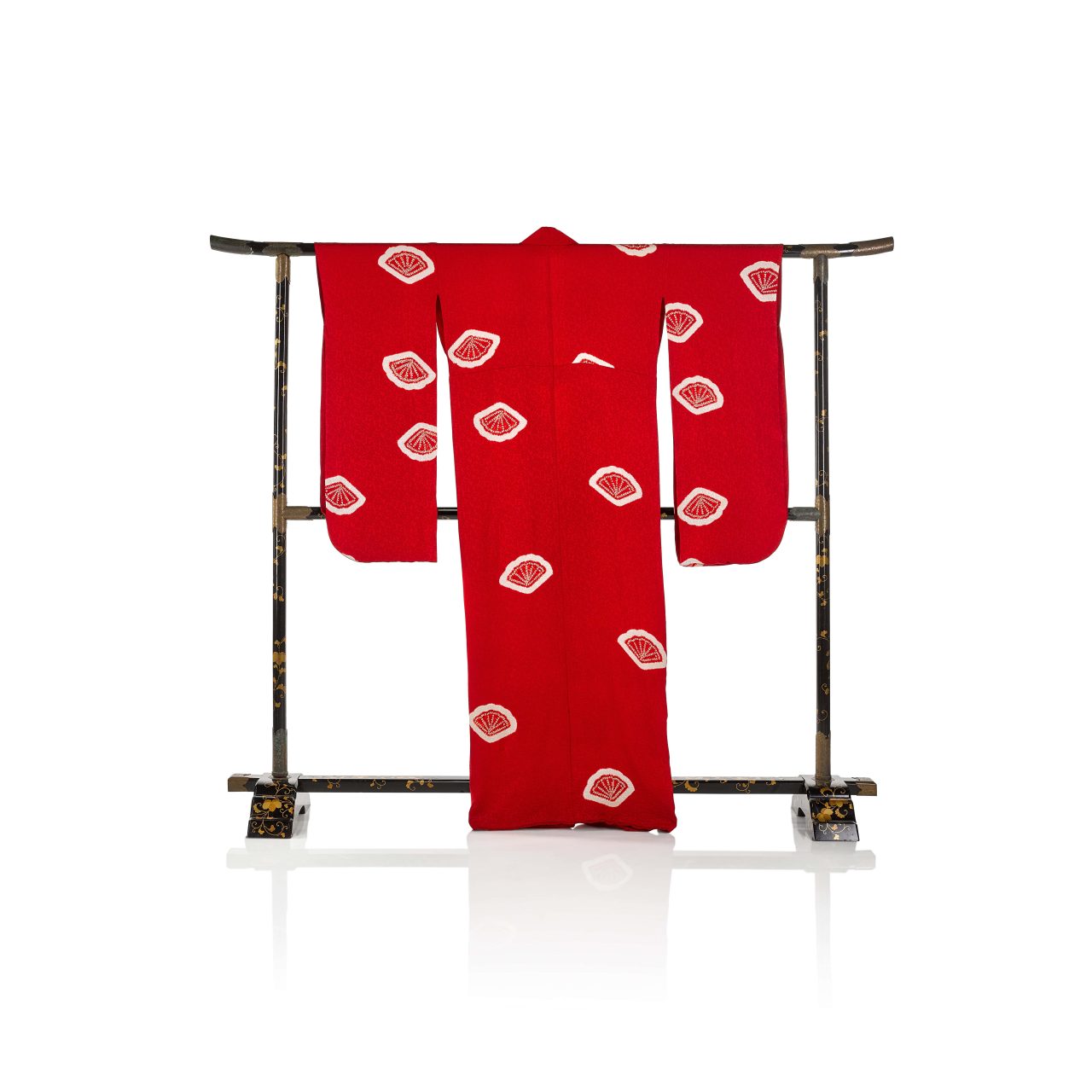
A red kimono originally meant for a “young woman”, Showa period, 20th century (£4,000-£6,000)
Photo: Sotheby’s
“I think when it came to his costumes, he was very conscious of the audience. And privately, I think he was conscious of himself, you know, he wanted to be comfortable. He wanted to have fun with what he wore, and you definitely see that and the outfits he wore are flamboyant privately,” Macdonald shares.
Yes, flamboyance was always key.
These Were the Days Of His Life
Seeing all of Mercury’s items put on sale, it’s hard not to feel sentimental. Once, these items were alive – perhaps catching the stage light when worn during a performance, or witnessing the comings and goings in Mercury’s home while hanging on the wall. Very soon, they will move on to their next life, dignified with years of memories and experiences shared with a legend.
On putting the collection on sale, Austin said, “For many years now, I have had the joy and privilege of living surrounded by all the wonderful things that Freddie sought out and so loved. But the years have passed, and the time has come for me to take the difficult decision to close this very special chapter in my life…”
And what better way to draw this chapter to a close than a grand auction as theatrical and flamboyant as Mercury himself?
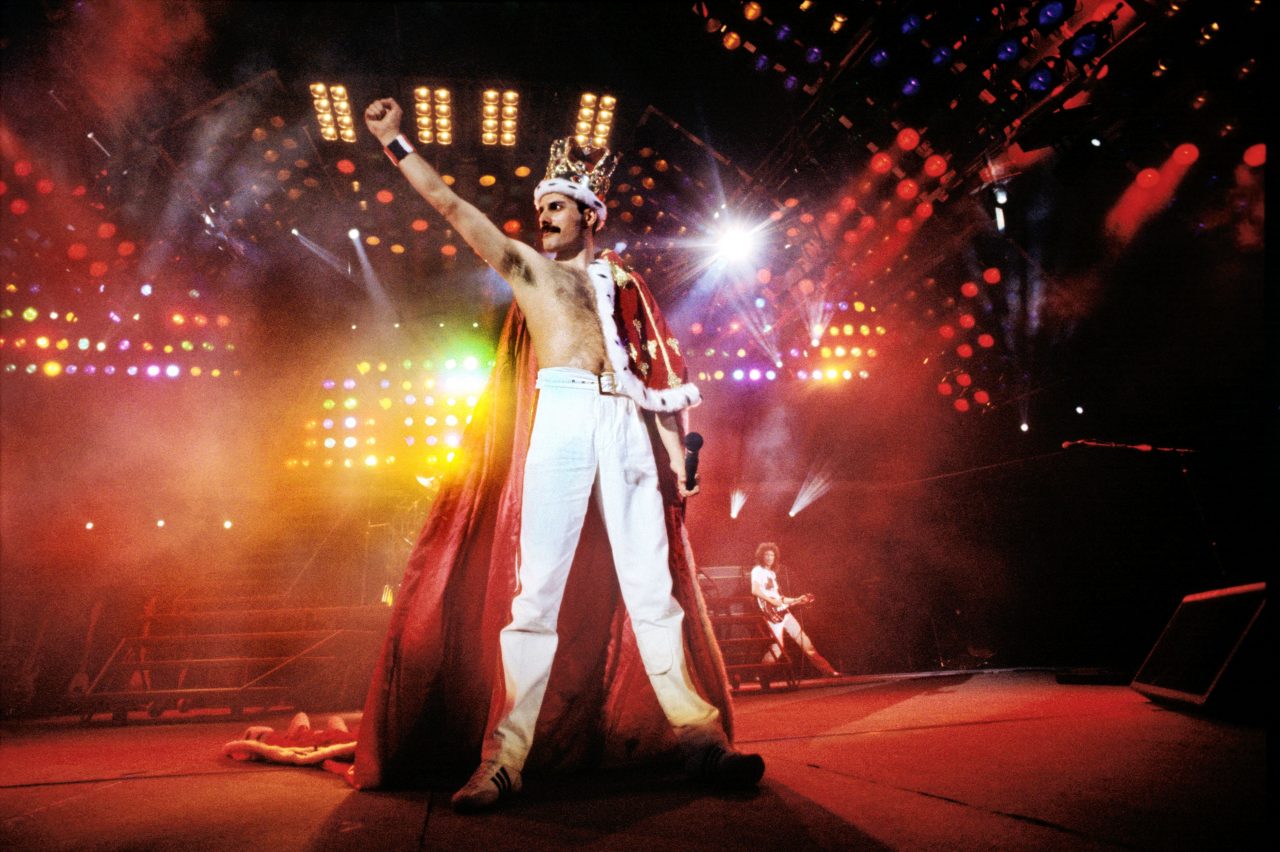
“These days are all gone now, but some things remain. When I look, and I find, no change.” - These Are The Days Of Our Lives (1991)
Photo: ©Denis O’Regan
The full collection will be exhibited at Sotheby’s London from August 4, 2023 to September 3, 2023. The dedicated auctions will begin on August 4, 2023. A portion of the proceeds of the sale will be donated to the Mercury Phoenix Trust and the Elton John Aids Foundation.
Editor
Karrie LamCredit
Lead Image: Brian McLaughlin/Michael Ochs Archives/Getty Images




